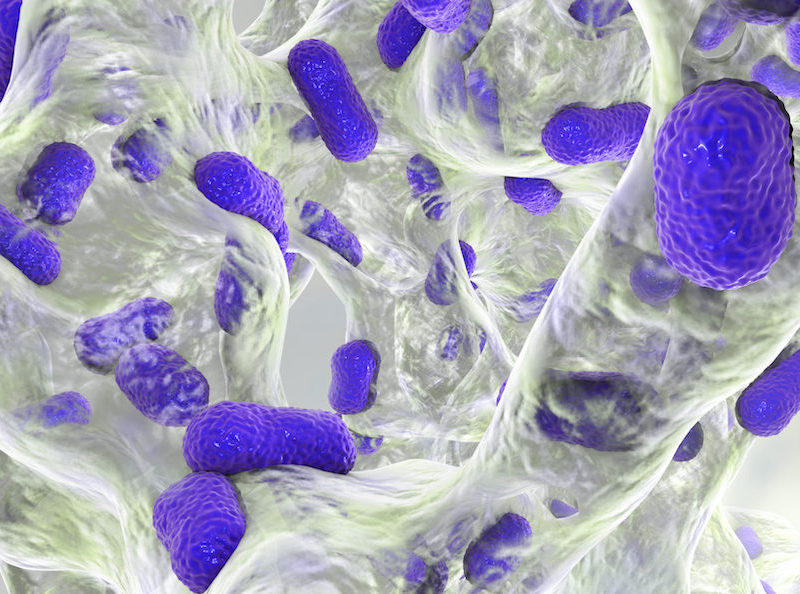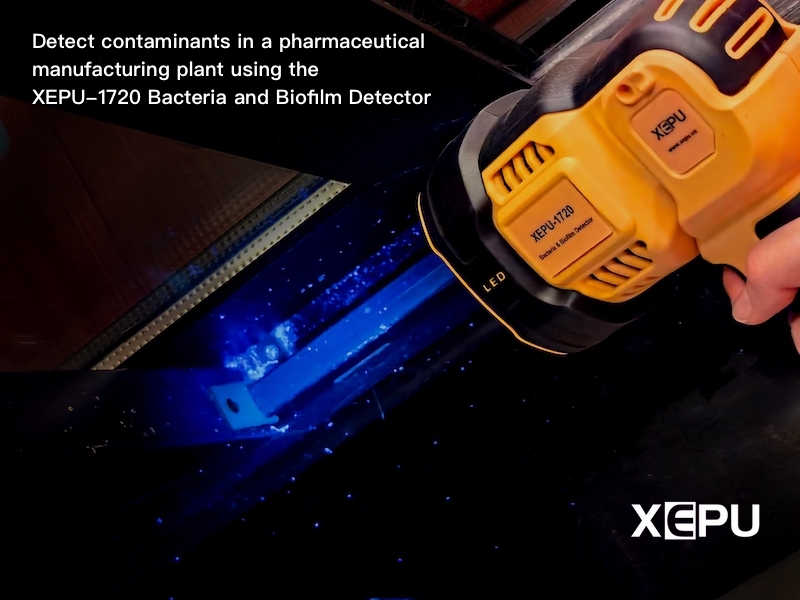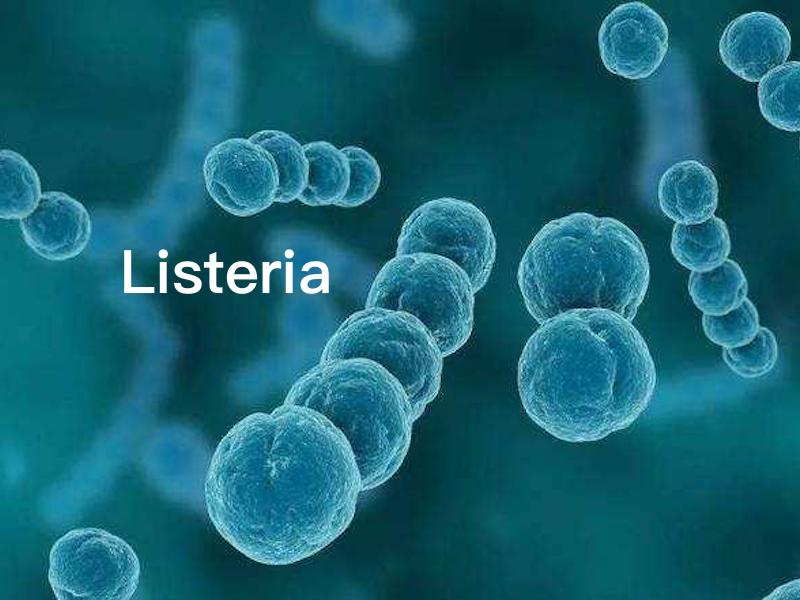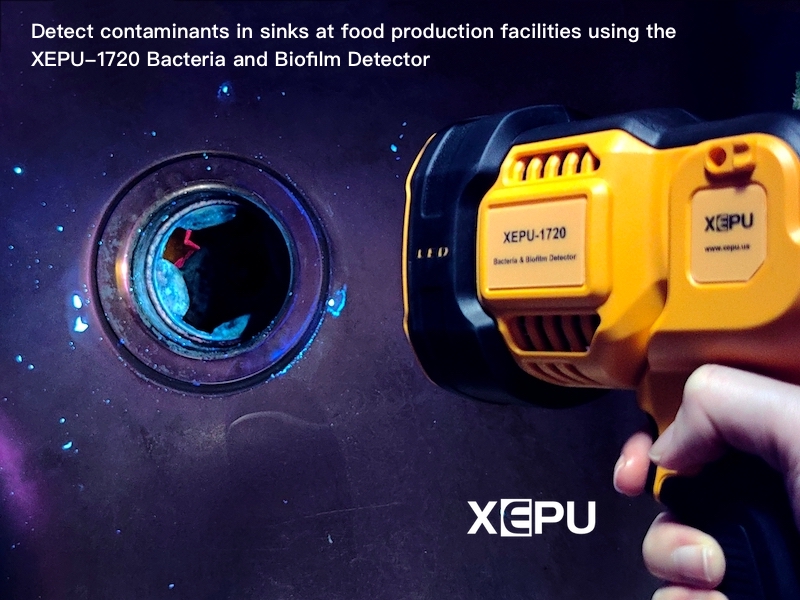UV Lamps for Flex-T and UV-Mediated Peptide Exchange
Flex-T™ Monomer
Flex-T™ (Flexible-Tetramers) is the brand name for BioLegend's soluble MHC product line. It covers monomers, ultraviolet (UV) peptide exchange technology, and all related products and applications. Flex-T™ MHC monomers are loaded with peptides that can be degraded using a UV light source. When the peptide of interest (unstable to UV light) is present, UV irradiation is performed, and peptide exchange is performed. This flexibility allows screening for virtually any peptide of interest with sufficient affinity for its loaded MHC allele.
Flex-T™ HLA-A*02:03 Monomer UVX provides the flexibility to exchange preloaded UV-sensitive peptides for other antigenic peptides of interest before assembling tetramers for flow cytometric analysis. It can also be used for screening Peptide epitope capable of forming a stable complex with the HLA-A*02:03 allele.
How does UV-mediated peptide exchange work?
Using UV-mediated peptide exchange, Flex-T™ monomers can be used to generate MHC/peptide monomers that contain the peptide of interest in their binding grooves. These new MHC monomers are then multimerized using streptavidin-fluorophore conjugates. The resulting Flex-T™ reagent can be used for antigen-specific T cell staining and flow cytometric analysis. In humans, MHC molecules are called HLA (Human Leukocyte Antigen).
Figure below: Flex-T monomer and UV-induced peptide exchange process (source: biolegend)

CD8+T cells are an important part of the immune system. They work by TCR recognition of antigens (peptide epitopes) presented by class I MHC (human HLA) molecules. Therefore, TCR recognition of cognate MHC/peptide complexes can be used to detect antigen-specific CD8+ T cells. Due to the inherent low affinity of MHC/TCR interactions, the detection of antigen-specific T cells requires multimerization of MHC/peptide monomers to enhance binding affinity and ensure that multiple MHC/TCRs interact simultaneously. This can be achieved by tetramerizing biotinylated MHC class I complexes using streptavidin.
Without appropriate peptide binding, HLA class I complexes will rapidly dissociate. Flex-T™ UVX (Ultraviolet Exchange) monomer is designed as a biotinylated alpha chain associated with a beta2 microglobulin chain and stabilized by a UV-labile peptide. The C terminus of the α chain is site-specifically biotinylated by the BirA enzyme. When the complex (monomer) is irradiated with 365 nm UV light in the presence of a new peptide with appropriate affinity, a net peptide exchange will result. The new peptide replaces the preloaded UV-labile peptide and forms a new MHC monomer. The new monomers can then be tetramerized and used to label antigen-specific T cells or for other studies.
Peptide Exchange
1. Bring all reagents to 0°C by putting them on ice.
2. Dilute 10mM stock solutions of peptides of choice to 400μM by mixing 5μl of peptide stock solution with 120μl PBS, and keep on ice.
3. Add 20μl diluted peptide (400μM) and 20μl conditional Flex-T™ monomer (200μg/mL) into 96-well U-bottom plate. Mix by pipetting up and down.
4. Seal the plate; centrifuge at 3300xg for 2 minutes at 4°C to collect the liquid down.
5. Remove the seal; put the plate on ice and illuminate with UV light for 30 minutes (the distance of the UV lamp to the samples should be 2-5 cm).
6. Seal the plate; incubate for 30 minutes at 37°C in the dark.
7. To evaluate the efficiency of the peptide exchange follow the Protocol for HLA class I ELISA to evaluatepeptide exchange.
Equipment Used for Peptide Exchange
1. UV lamp: long-wave UV-A, 365 nm, 8 Watts (For example UV Lamp XEPU-1328L, or UV Crosslinker XEPU-1208L)
2. Incubator (37°C)
3. Centrifuge capable of accommodating microtiter plates and tubes
4. Single and multichannel pipettes capable of accurate delivery of variable volumes, and pipette tips
Figure below: Longwave 365 nm UV lamp XEPU-1328L used for UV-mediated peptide exchange
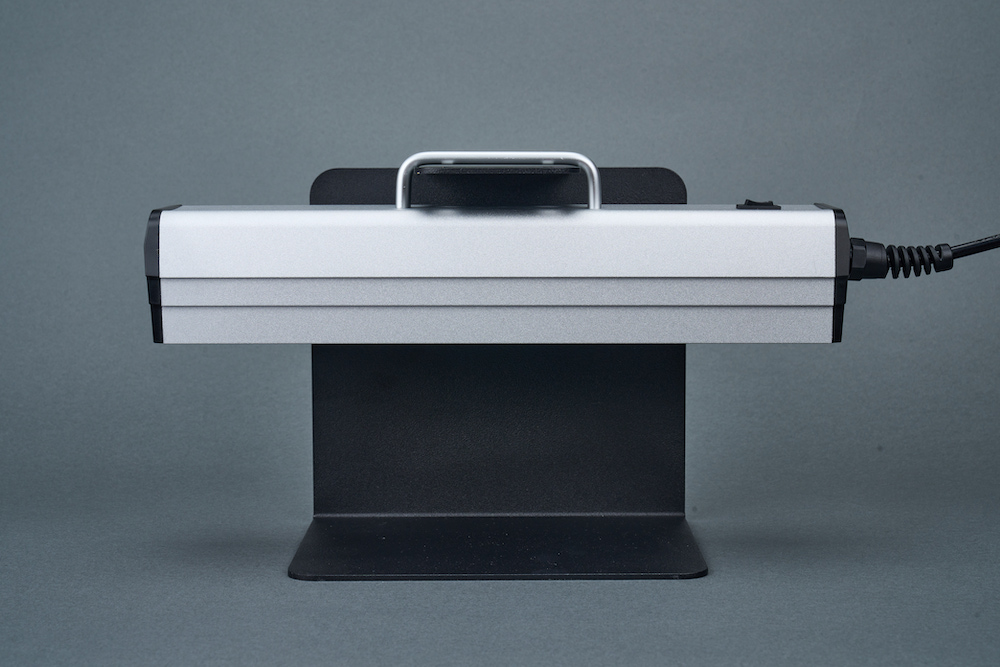
Figure below: UV crosslinker XEPU-1208L used for UV-mediated peptide exchange
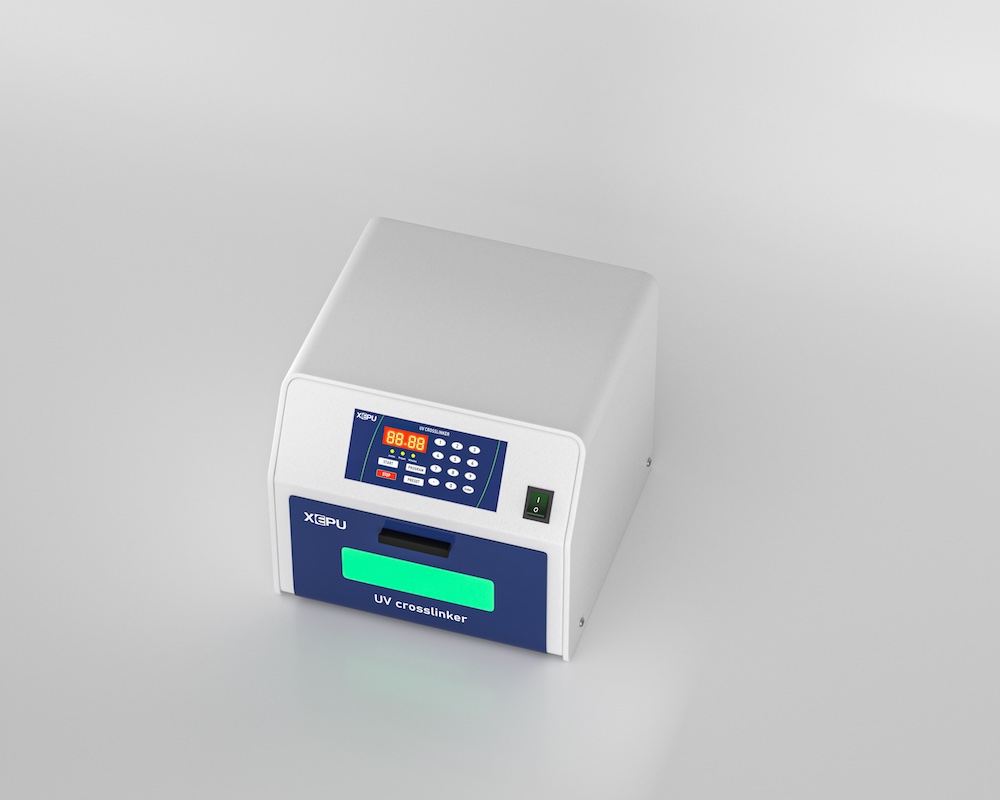
Precautions for Peptide Exchange
DMSO can be used to dissolve the peptides. However, do not exceed an end concentration of 10% (v/v) in the exchange reaction.
Avoid repeated freeze-thawing.
The Flex-T™/peptide solution needs to be kept on ice in the dark as much as possible.
Do not work in front of a window.
Check your UV source. The use of short-wavelength (254 nm, UV-C) or broad-band UV lamps is detrimental to MHC complexes.
Centrifuge all vials before use (1 minute 3000xg at 4°C).
Reference: BioLegend

